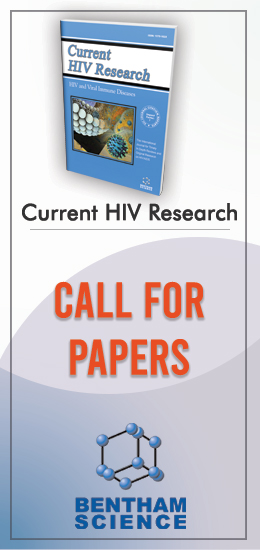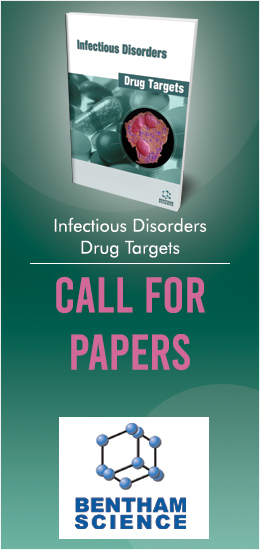Molecular Study of Class1 and 2 Integrons in Methicillin-resistant Staphylococcus Aureus
Maysaa El Sayed Zaki1, *, Osama Ahmed Faried2, Karim Montaseer3
Abstract
Background and Aim:
Methicillin-Resistant Staphylococcus aureus (MRSA) had appeared in the last few decades and became a significant health problem. The study aimed to evaluate the prevalence of class 1 and class 2 integrons among MRSA clinical isolates from different healthcare-associated infections (HAIs) and the prevalence of multi-drug resistance (MDR) in these isolates.
Materials and Methods:
Two hundred Staphylococcus aureus (S. aureus) isolates from different HAIs were evaluated for the presence of the mecA gene, class 1 (intI1) and class 2 (intI2) integrons via the polymerase chain reaction (PCR) beside the determination of antibiotics sensitivity.
Results:
MRSA was determined by resistance to cefoxitin in 152 isolates (76%) of isolated S. aureus. The molecular study showed the prevalence of mecA, intI1, and intI2 genes among the isolated MRSA strains as follows: 100%, 70.4%, 13.1, respectively, and there were 12 isolates (7.9%) that had both intI1 and intI2 genes. There was a significant high incidence of resistance to gentamicin (P=0.01), amikacin (P=0.005), tobramycin (P=0.035), erythromycin (P=0.035), clindamycin (P=0.08), levofloxacin (P=0.0001) and ciprofloxacin (P=0.0001) in MRSA strains positive for intI1 and/or intI2 genes compared to MRSA strains negative for intI genes and non-methicillin resistant S. aureus (Non- MRSA) strains. There was a significantly high prevalence of MDR among MRSA strains positive for intI1 and/or intI2 genes (62.8%) compared to MRSA strains negative for intI genes (28.8%) and Non- MRSA strains (8.3%), (P=0.0001).
Conclusion:
The present study revealed a high prevalence of MRSA strains among S. aureus clinical isolates with a high prevalence of the mecA gene in those isolates. There was also a high prevalence of intI1gene but not intI2 gene. The mecA and intI genes were associated with the development of MDR in S. aureus.
* Address correspondence to this author at Department of Clinical Pathology, Mansoura Faculty of Medicine, Egypt, Egypt-Mansoura-Elgomhoria street-31554, Egypt; Tel: 00220502258877; E-mail: may_s65@hotmail.com









